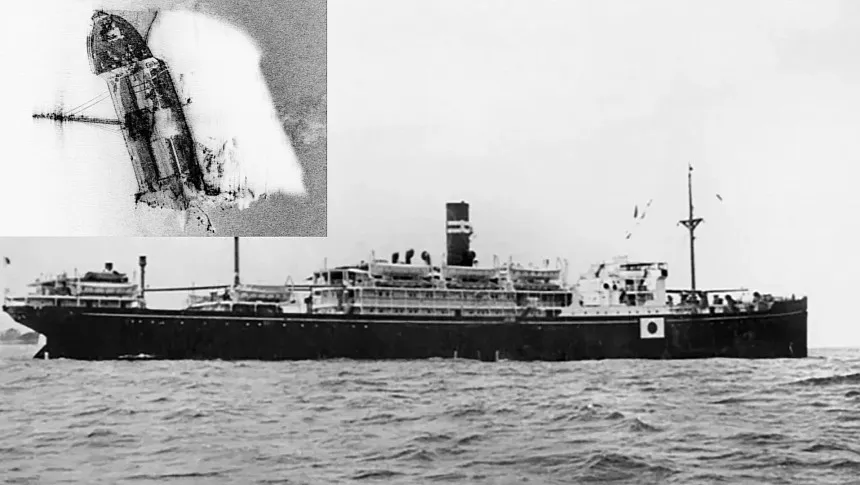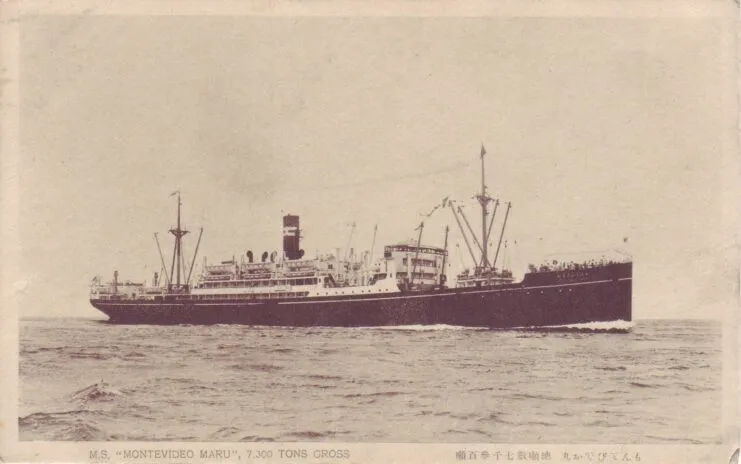The discovery of the sunken Japanese ship Montevideo Maru, which transported Allied prisoners of war when it was torpedoed off the coast of the Philippines in 1942, has sent shockwaves through the history community. The wreckage was located at a depth of over 13,000ft, deeper than the Titanic, off Luzon island in the South China Sea, using an autonomous underwater vehicle with in-built sonar. The Montevideo Maru was transporting prisoners and civilians who were captured after the fall of Rabaul in Papua New Guinea.
The significance of this discovery cannot be overstated. It is a momentous occasion for Australia, which suffered its largest maritime wartime loss with the sinking of the ship, resulting in the loss of 1,080 lives, including 979 Australians. The tragedy was particularly devastating as it was one of the worst maritime disasters in international history, and many families waited years for news of their missing loved ones before learning of the tragic outcome.
The discovery of the wreckage is a testament to the enduring truth of Australia’s solemn national promise to always remember and honour those who served the country. Australian Prime Minister Anthony Albanese hailed the discovery as “the heart and the spirit of Lest We Forget.” The Silentworld Foundation, a not-for-profit group dedicated to maritime archaeology and history, was part of the mission along with Dutch deep-sea survey specialists Fugro and Australia’s Defence Department.
The foundation has stated that there will be no efforts to remove artifacts or human remains from the wreckage out of respect for the families of those who died. This decision is a poignant acknowledgment of the sacrifice made by those who lost their lives, and a recognition of the pain and suffering endured by their loved ones.

Japanese ship Montevideo Maru
The Montevideo Maru’s story is a grim reminder of the devastating consequences of war. The ship was not marked as carrying prisoners of war, and it was attacked by the American submarine Sturgeon on July 1, 1942, sinking the vessel in less than 10 minutes. The tragedy was compounded by the fact that the families of the missing prisoners waited years for news of their loved ones, only to learn of the tragic outcome of the sinking.
Silentworld director John Mullen has described the discovery as a chance to bring closure to the many families devastated by this terrible disaster. He spoke of the families who waited years for news of their missing loved ones, and some who never fully came to accept that their loved ones were among the victims. The discovery of the wreckage is a crucial step in acknowledging the sacrifice made by those who lost their lives, and in providing a sense of closure to their loved ones.
The search for the Montevideo Maru’s wreckage is a testament to the power of technology and the dedication of those involved in the mission. The use of an autonomous underwater vehicle with in-built sonar allowed researchers to locate the wreckage at a depth of over 13,000ft, a remarkable achievement. The discovery of the wreckage is a significant moment in maritime archaeology and history, and it has sent shockwaves through the community.
The significance of this discovery cannot be overstated. It is a momentous occasion for Australia, which has finally been able to lay to rest the tragedy of the Montevideo Maru. It is also a reminder of the importance of preserving our history and honouring the sacrifices made by those who have served their country.











































